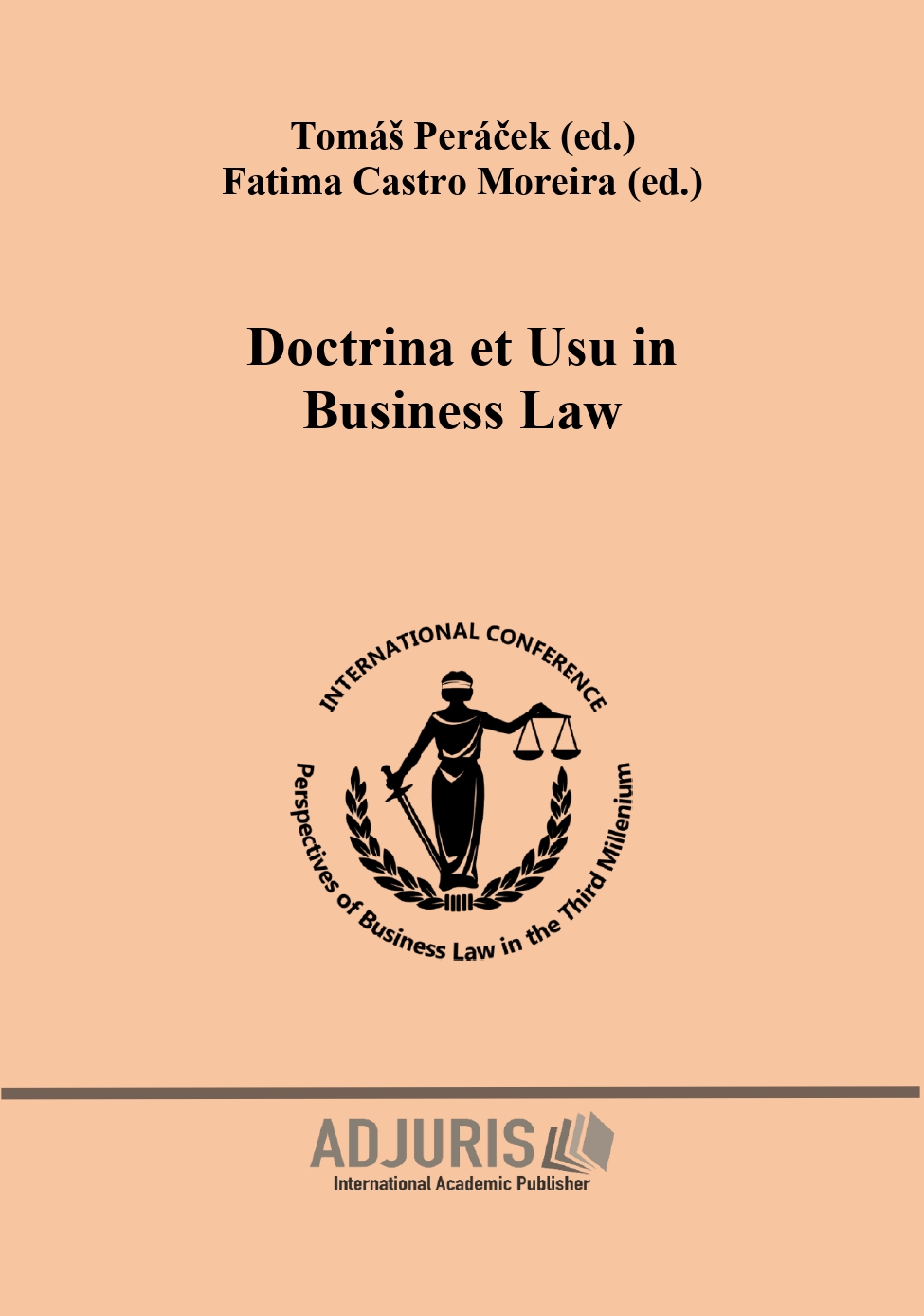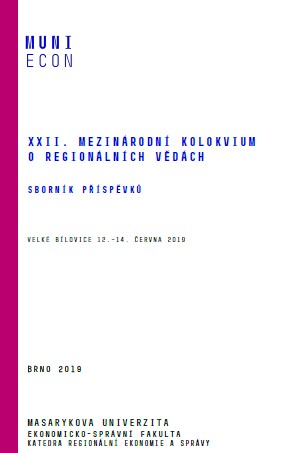
Dezvoltarea durabilă a infrastructurii rutiere prin utilizarea betonului autoreparator pentru reducerea impactului negativ asupra mediului
Sustainable development is a way of thinking, which means changing ideas; sustainable development is one direction, which means reviewing plans and objectives; sustainable development is a statement, which means planning and implementing specific actions. Currently, concrete is the most widely used structural material in road infrastructure. Concrete is a sensitive material, cracks and micro-cracks may occur during operation. Although the cracking/micro-cracking of concrete does not implicitly cause structural damage, it creates a path for corrosive factors, which leads to decreased structural durability caused by material changes and reinforcement corrosion. The self-repairing ability of concrete refers to the process of closing cracks to prevent the entry of potentially aggressive agents. Concrete used in bridge construction is usually covered with a waterproof layer and a layer of asphalt mixture, which also acts as a wear layer, but which can prevent the entry of water containing corrosive ions, the natural aggressiveness of the environment or accelerated corrosion by the penetration of thawing substances etc. Road infrastructure repair works affected by degradation processes are costly, time consuming and lead to a reduction in traffic flow, by partially closing it during interventions. To overcome these shortcomings, over time, several types of concrete with self-repairing properties have been developed, based on several methods such as: pipe networks, superabsorbent polymer capsules and textile fibers, bacteria etc.
More...







